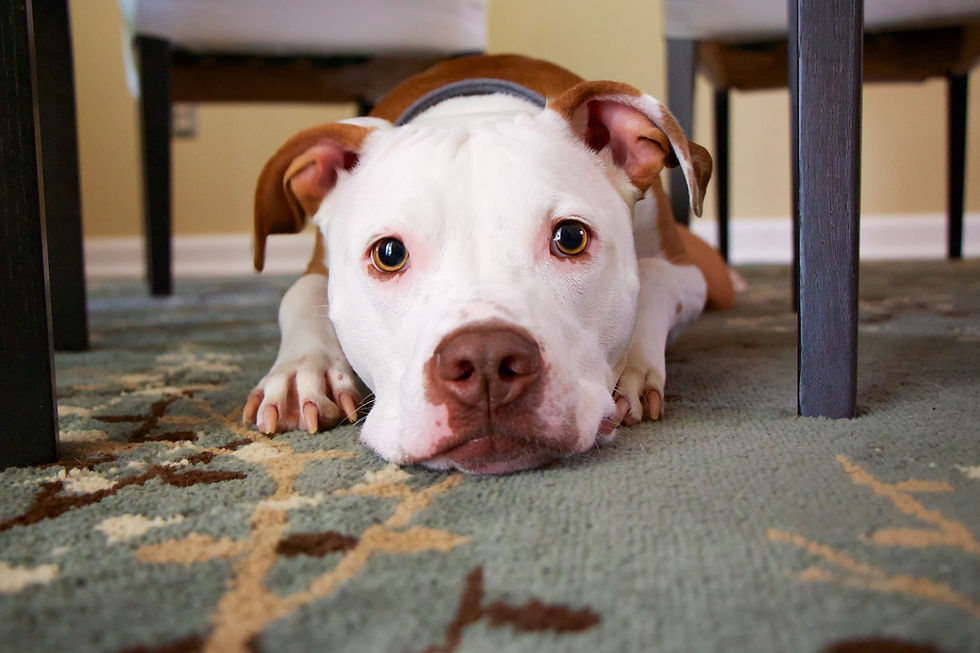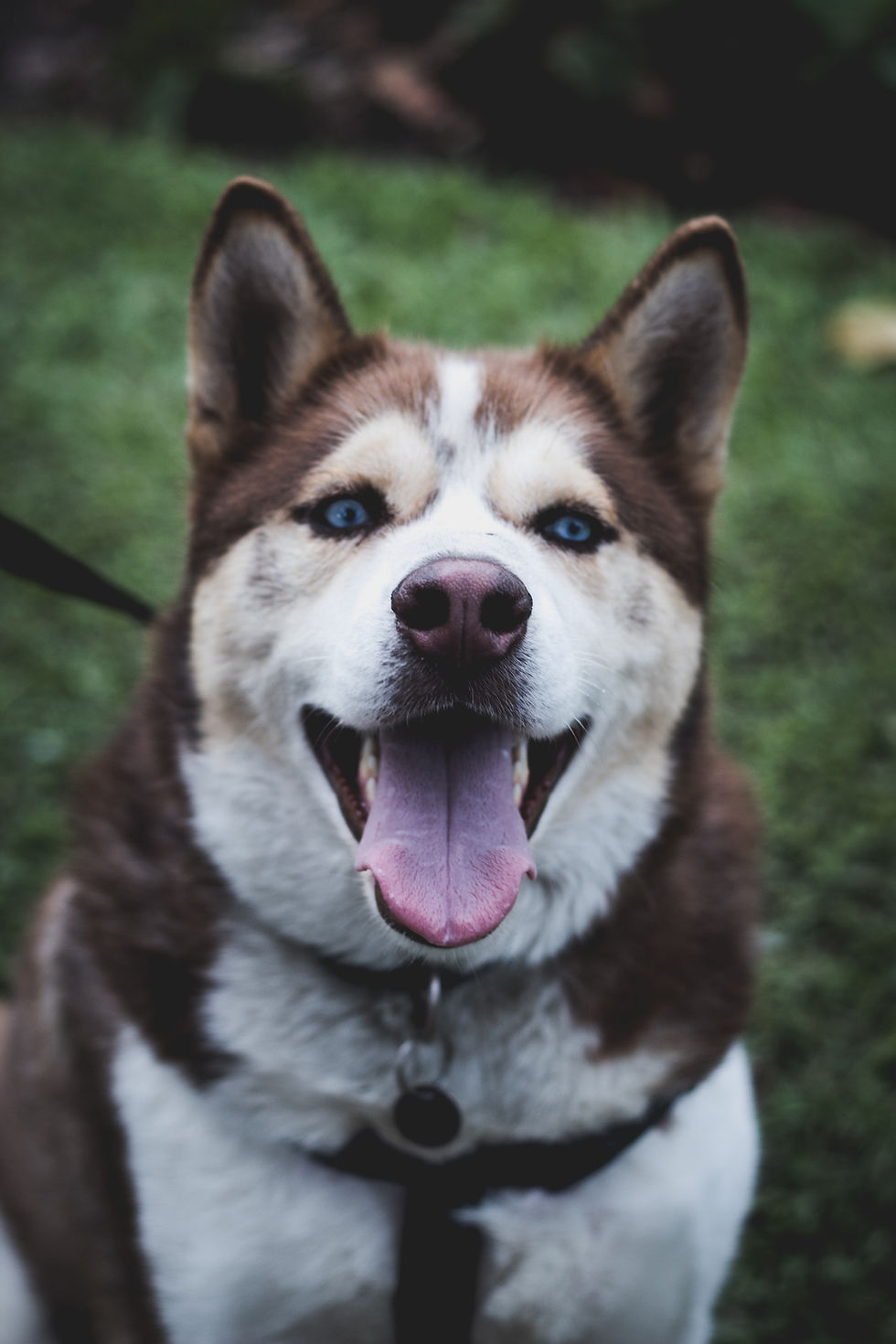You requested your time off work, hired the perfect dog sitter and packed your bags. But for some reason your dog doesn't seem as excited as you are about your trip .... In fact he seems downright anxious and upset! You don't want to leave him unhappy, so you wonder if you should just stay home. But there are steps you can take to reduce his separation anxiety and ensure that both you and your dog have have a relaxing vacation. Your dog sitter will play a big role. Let's review some information about anxiety in dogs:

What is Separation Anxiety
Separation anxiety triggers when a dog (or cat!) becomes upset when seperated from their human or pack. A pack may include other dogs, human family members or even other species of animals. Either way the dog is no longer with its pack and begins to feel anxious and alone. Dogs have evolved over tens of thousands of years to be companions, so when they don't know where their companions have gone some dogs feel uncomfortable and anxious. In the wild a pack means safety while being alone means danger.
Not every dog feels the same level of anxiety, though. Genetics, earlier experiences (especially in the formative puppy months), baseline personality and even recent changes in the family dynamic can reduce or amplify separation anxiety. As a dog parent you'll want to think about the history and personality of your dog so you can identify and address any early symptoms.
Recognizing the Signs
Separation anxiety can cause dogs to pant and whine, drool excessively, urinate or defecate in the house or cause destruction through chewing or scratching. You may hear them barking right after you leave your home, and some dogs will even try to physically prevent their person from leaving the house. When you return to a destroyed home your dog acts like they haven't seen you for years, instead of the 15 minutes it took to run to the store. Some dogs will go as far as trying to escape the house. They will scratch at the door or windows, or even attempt to force themselves through small openings. Whatever it takes to find their person! Severe cases of separation anxiety can lead to missing or injured dogs. Sometimes people confuse the symptoms of separation anxiety with a "rude" or poorly trained dog, but they are not the same. An owner must take the entire picture into account instead of focusing on a few behaviors. In order to help your dog be the best dog they can be, make sure you don't jump to conclusions but instead try to understand what your dog is telling you.

What Can You Do?
Dog owners can take some basic steps to alleviate separation anxiety:
Exercise your dog for at least 30 minutes before you leave. A tired dog has less energy to spend on being anxious.
Give them an interactive toy, like a Kong, to play with as you leave. A distracted dog is less likely to realize they are upset.Leave out a sweater or blanket you use with your scent on it. This will give your dog something to snuggle with that smells like you.
Leave the T.V. or radio on, but make sure they are tuned to a channel without a lot of loud noises or sudden changes.
Keep yourself calm! Do not buy into your dog's anxiety. Calmly leave the house and return with the same relaxed energy. Do not pet or interact with your dog until they are calm.
How Your Dog Sitter Can Help
Don't be afraid to tell your dog sitter that your dog has behavioral issues. Everything will come out during their visits anyway, and you want your dog sitter to be prepared. Clear communication is important for the safety and well being of you, your sitter and your dog. Some dog sitters may not feel comfortable working your dog, which is ok. That just means you need to find another pet sitter that will work with your dog. Better to interview multiple sitters than to have someone who cannot handle your pet!
A good dog sitter will keep the dog's schedule as close to yours as possible. This means feeding and walks occur at the same time every day. Your dog may not be able to read a clock but they know when they should have dinner. Staying with a comfortable schedule gives them structure during the day.

Your dog sitter should also work on rewarding calm behavior with your dog. This can include working on "sit" and "down," ignoring the dog when they act out, and/or rewarding simple behaviors like not barking or jumping. Training not only encourages good behavior but also helps tire out a dog. Combine a training session with a long walk or a game of fetch and your dog will be too tired to realize you are gone.
At Paw 2 Paw Pet Sitting we recommend different training and play options for each dog. A recent client of ours had a dog with anxiety that also pulled terribly on her walks, which meant the client could not walk her dog as much as she needed to. We knew the dog walks were an important component of controlling the dog's anxiety, so we asked if we could use a harness lead to walk her dog. The client agreed and we were able to walk the dog twice a day without issue, which went a long way to relaxing the dog while no one was home. After a day and a half the dog stopped eliminating in the house, stopped drooling and began to eat her meals again.
So the next time you book a vacation remember to book a dog sitter as well. Your dog, your home and your sanity will thank you!






